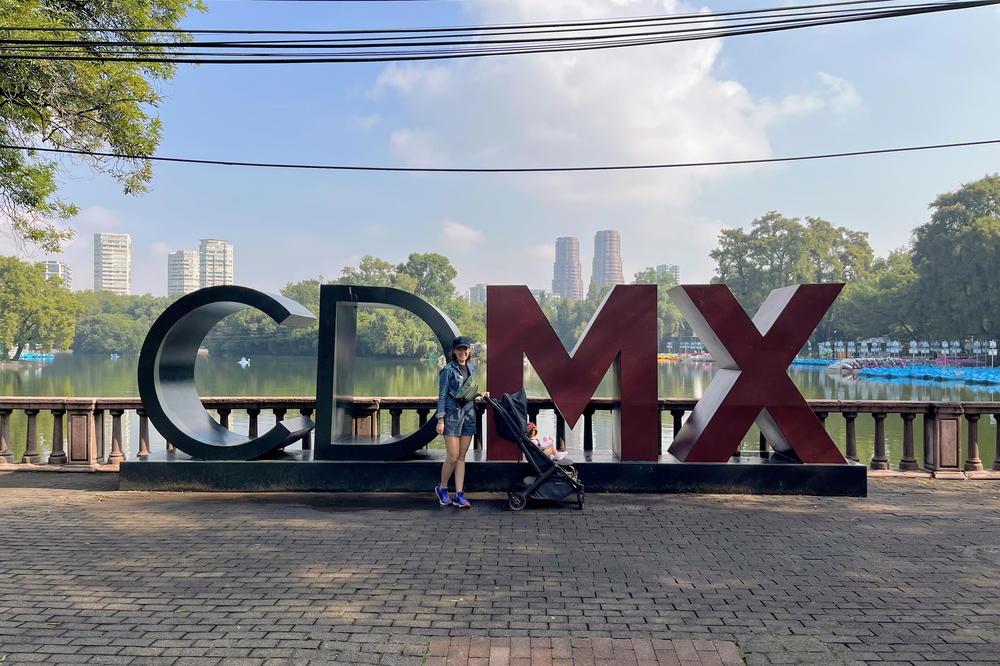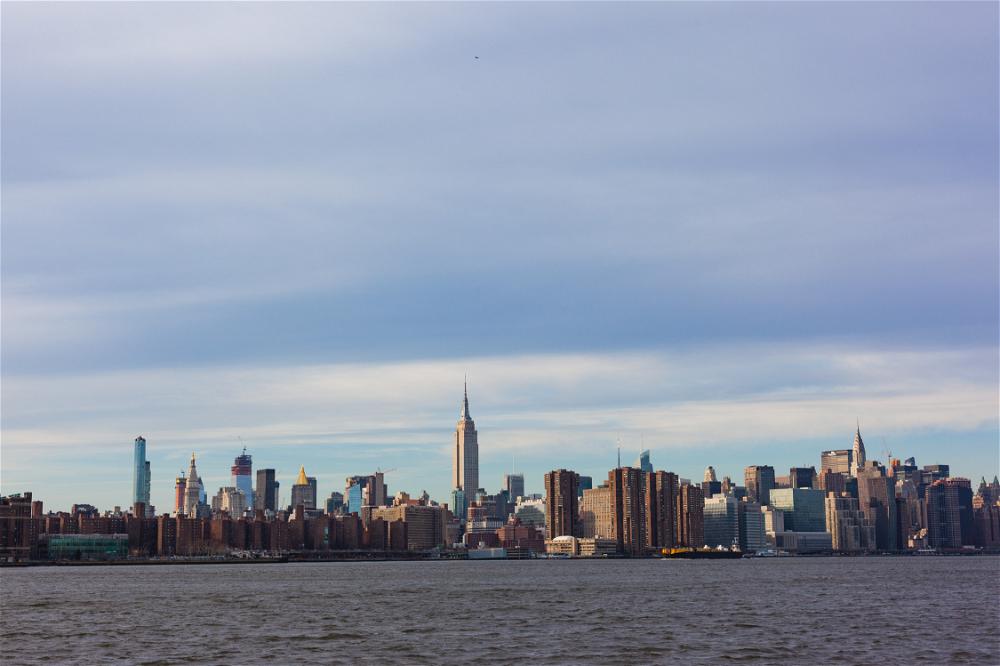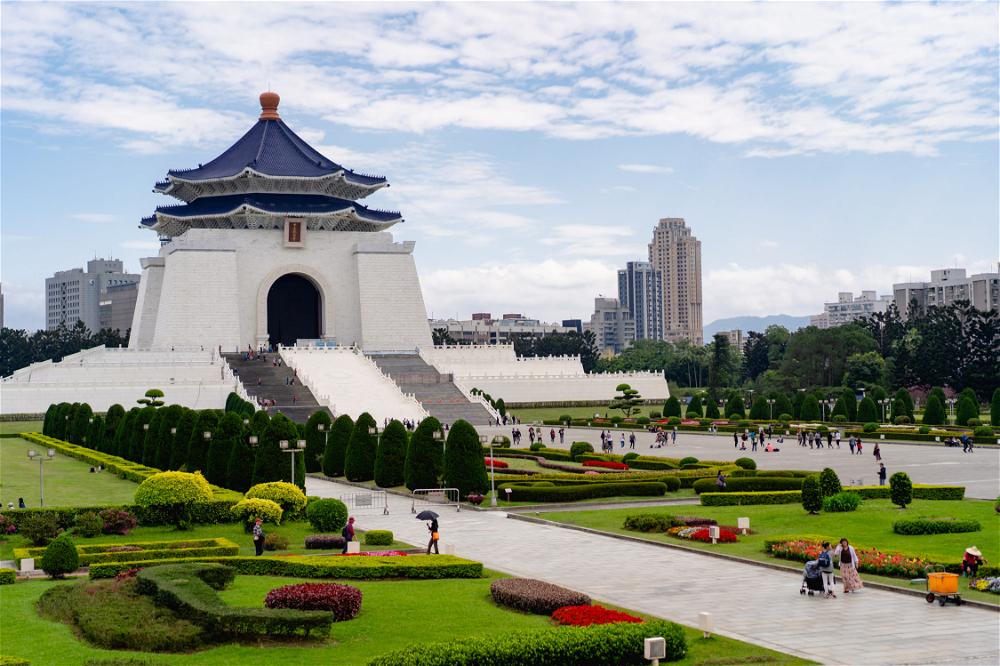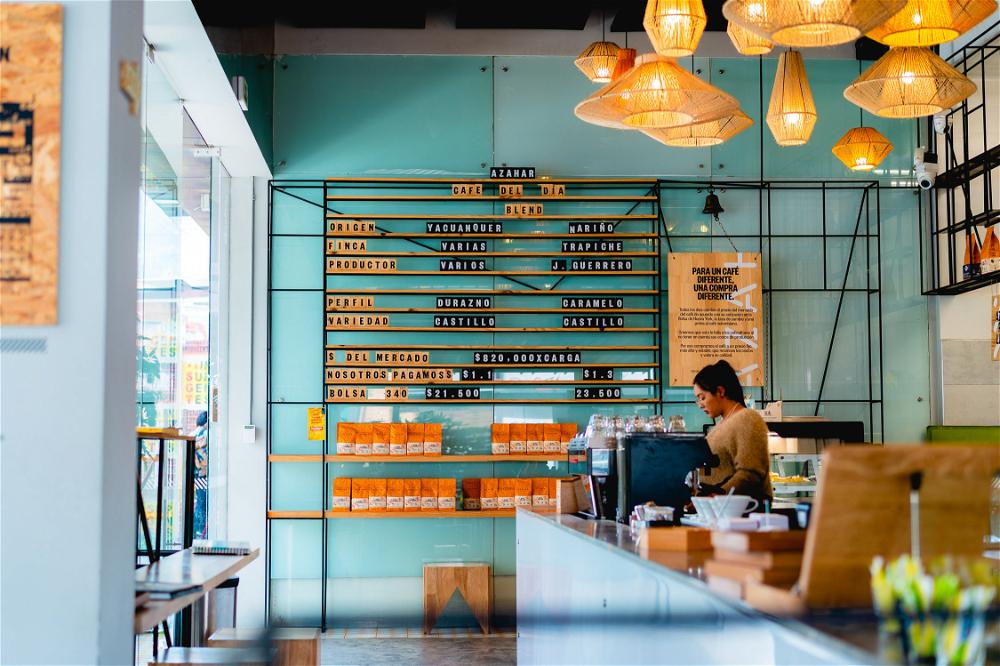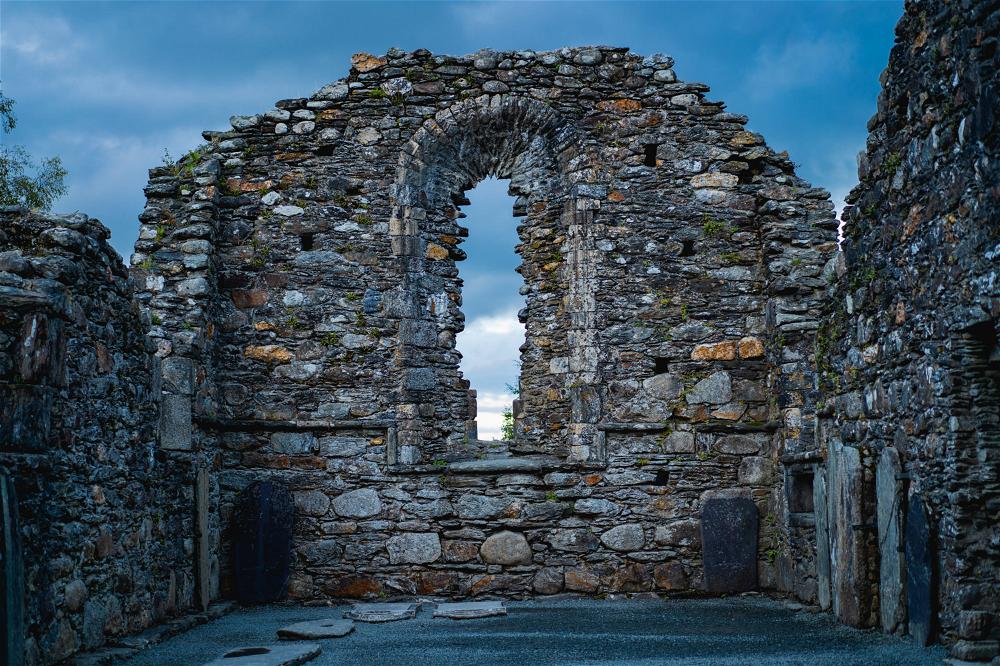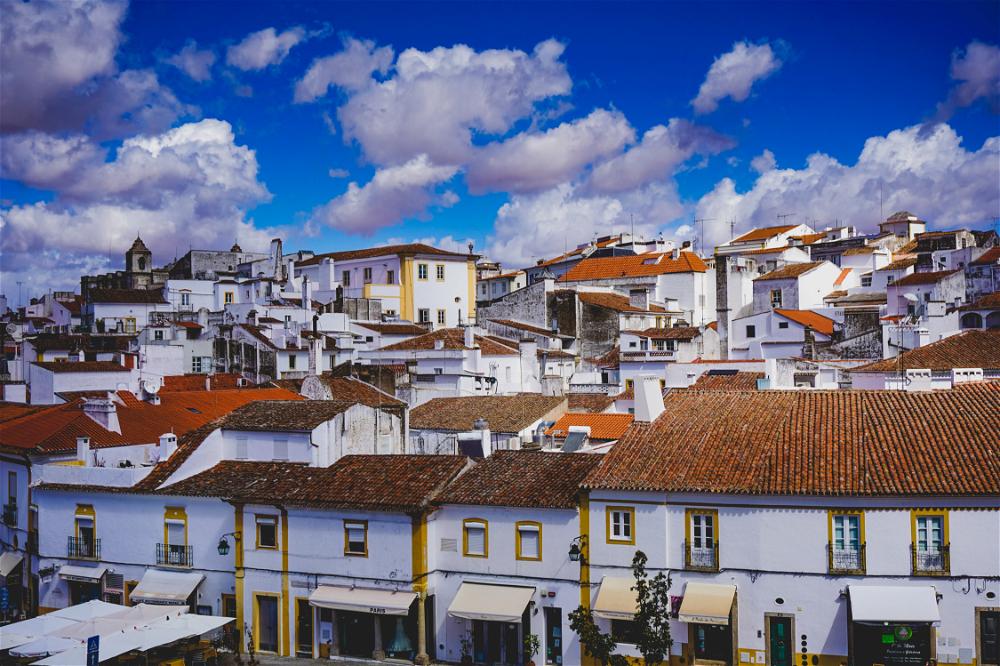Visit Beja: The Best Castles in Southern Portugal
Updated on October 31st, 2025
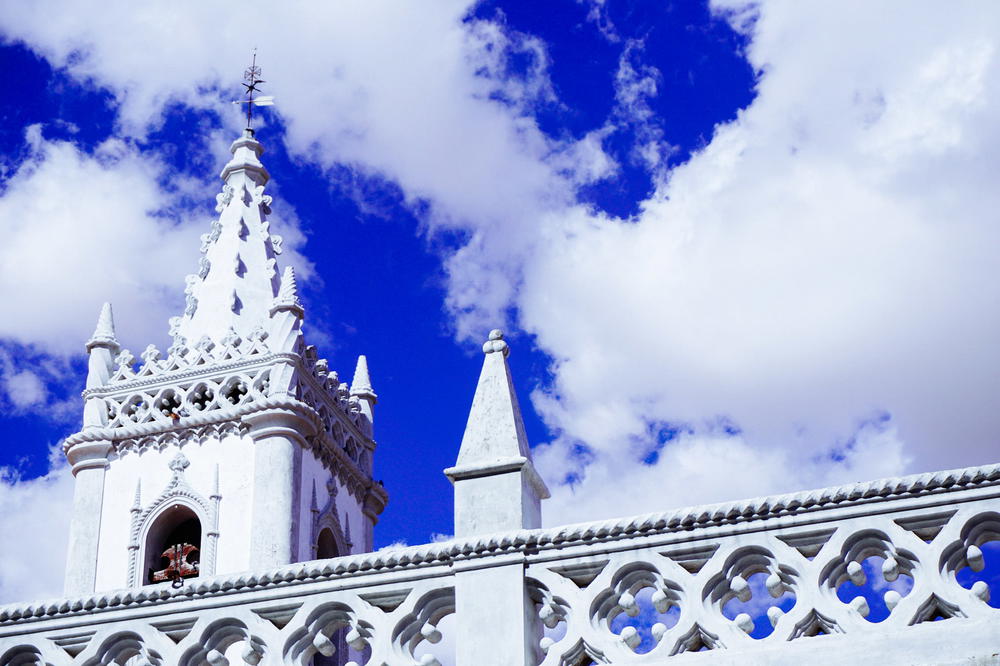
Castles aren't exactly what you expect when you think of Portugal. Believe it or not, Portugal does have some of the best castles to visit.
This article may contain affiliate links. We earn a small commission when you purchase via those links — at no extra cost to you. It's only us (Becca & Dan) working on this website, so we value your support! Read our privacy policy and learn more about us.
Table of contents
MinimizeWe nearly traveled back in time by visiting the medieval villages of the Alentejo Baixo region of Portugal, where the castles and small lanes make you feel like you’re in another era.
Where is Beja?
Leaving Evora, we traveled south on one main highway, stopping for a coffee in Beja. This town gets few non-Portuguese tourists, and its list of attractions is small, but it does have a museum, a few nice look-out points, a church and a pedestrian street with shops and some cafes.
This was an authentic slice of local life at the biggest city in this region of Portugal. There were no tour groups or rip-offs. We walked around and looked at the tiled buildings, the pedestrian streets and the outside of the main church.
The castle of Beja, which in Portuguese is Castelo de Beja is located here, too.
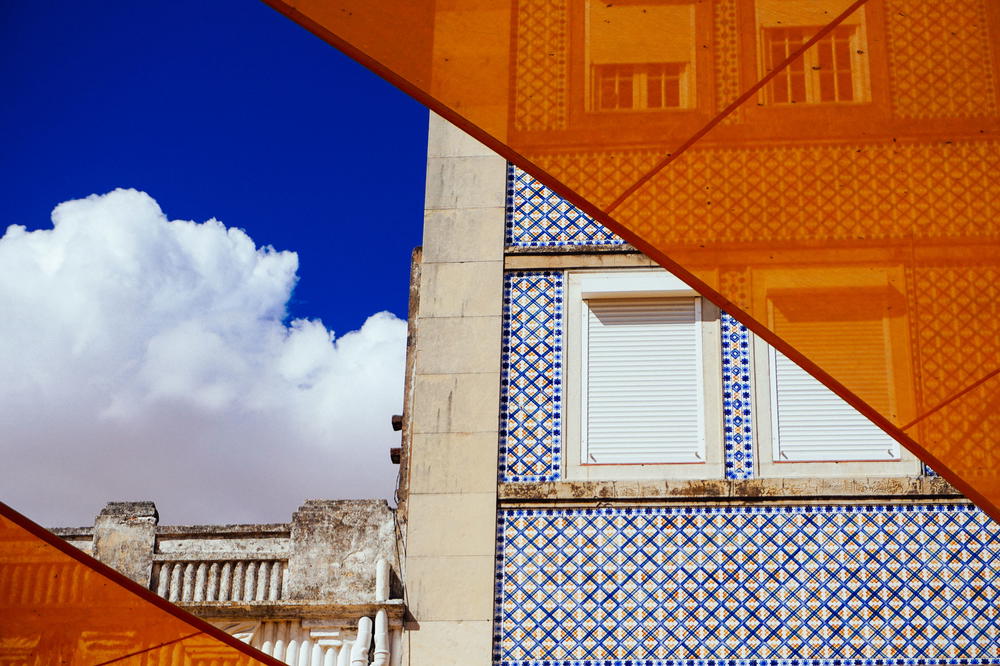
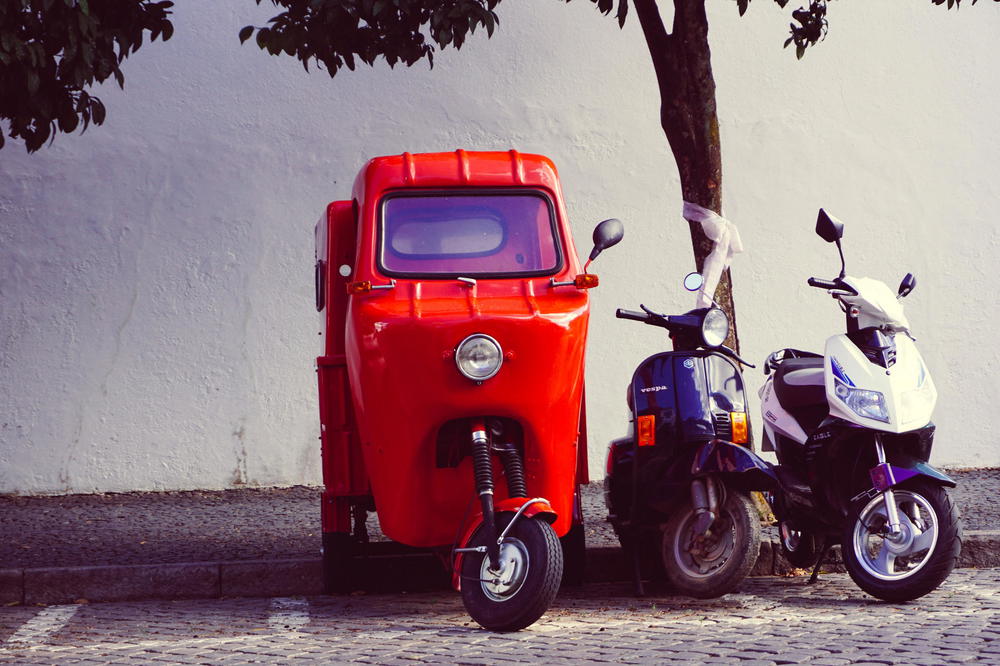

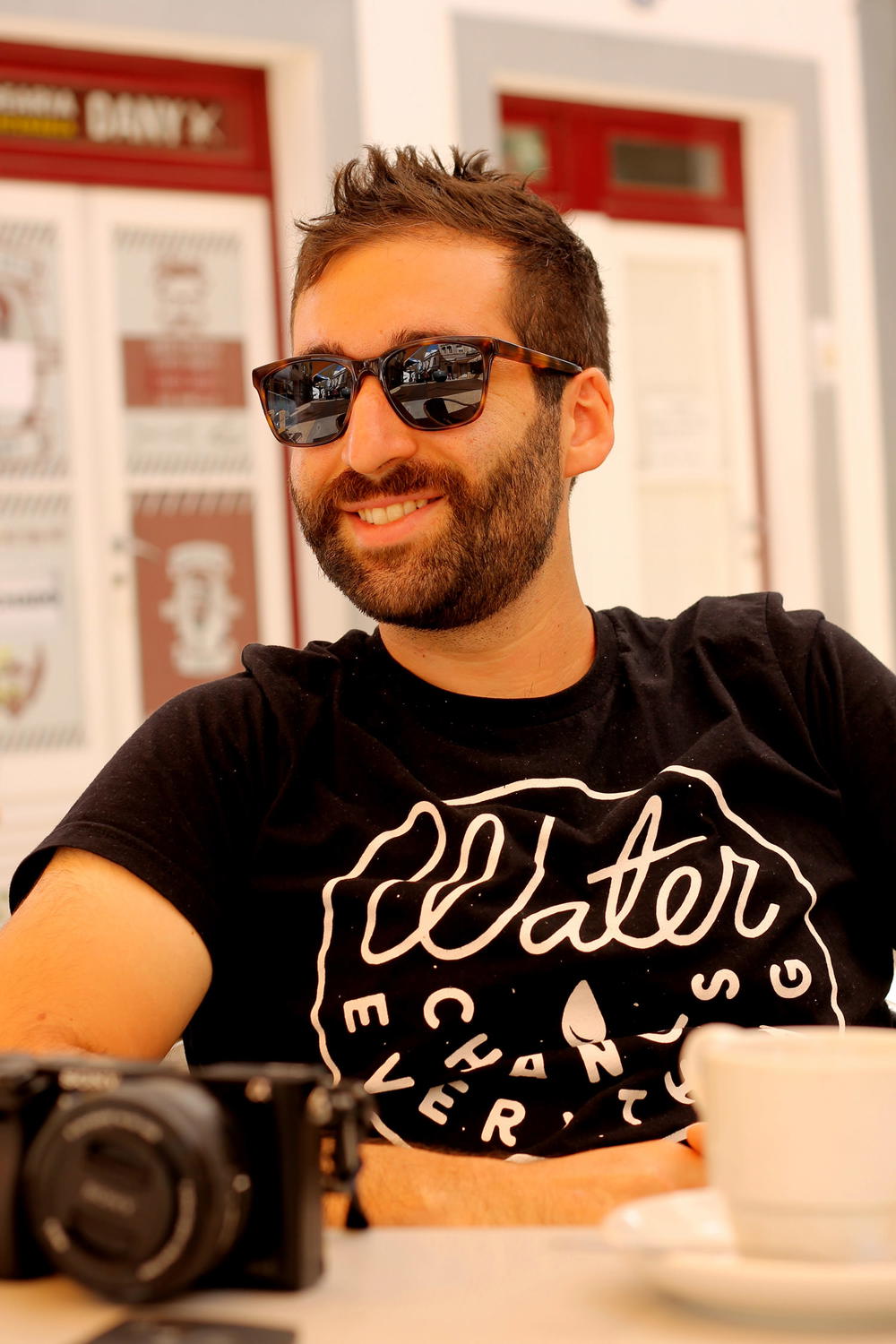
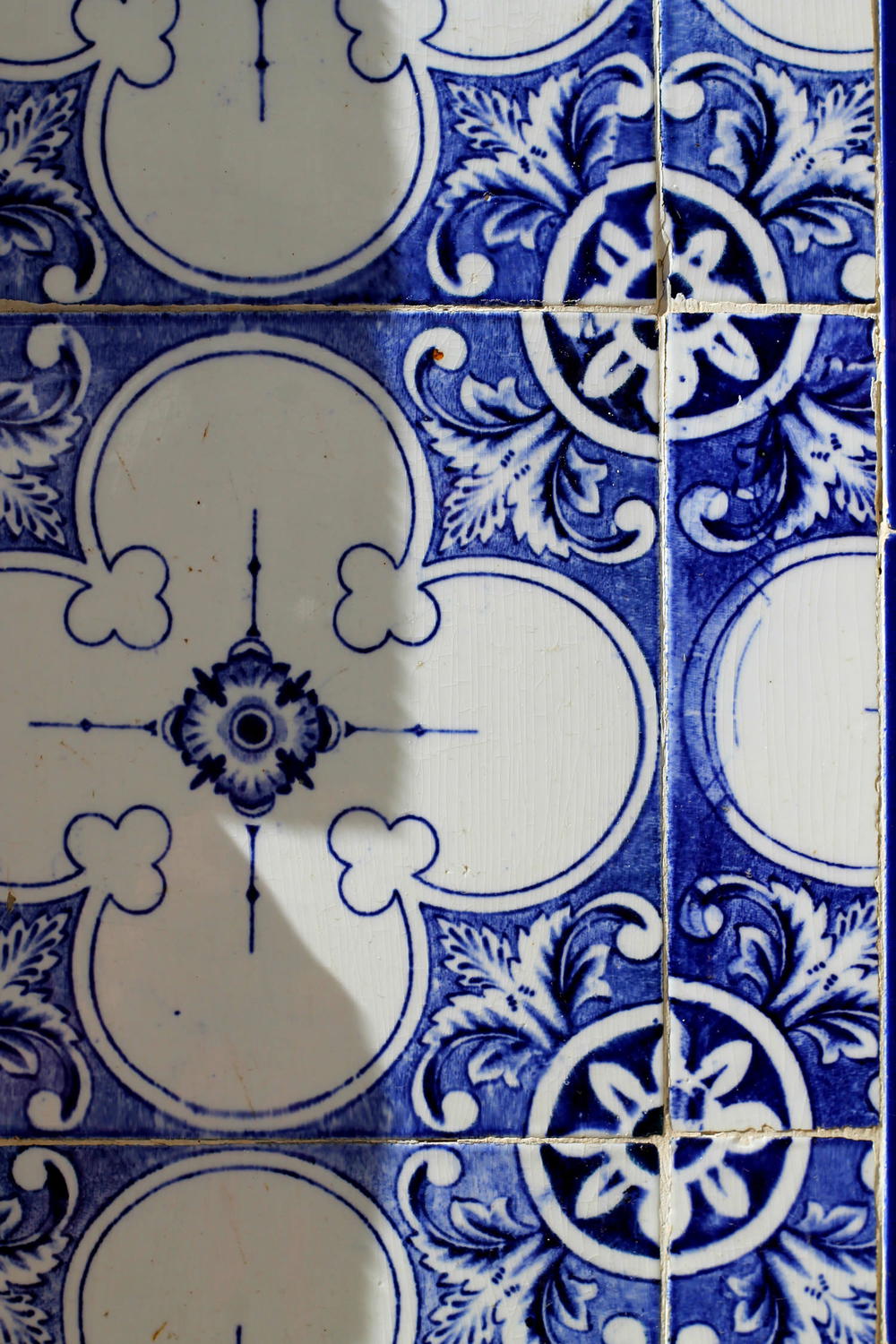
Finding views atop the castle in Serpa
We continued on for the day’s second stop, Serpa, population 15,000. Serpa came recommended to us by Becca’s business contact in Lisbon He mentioned Serpa as a place where foreigners wouldn’t really find their way, but with a car, we were able to get there.
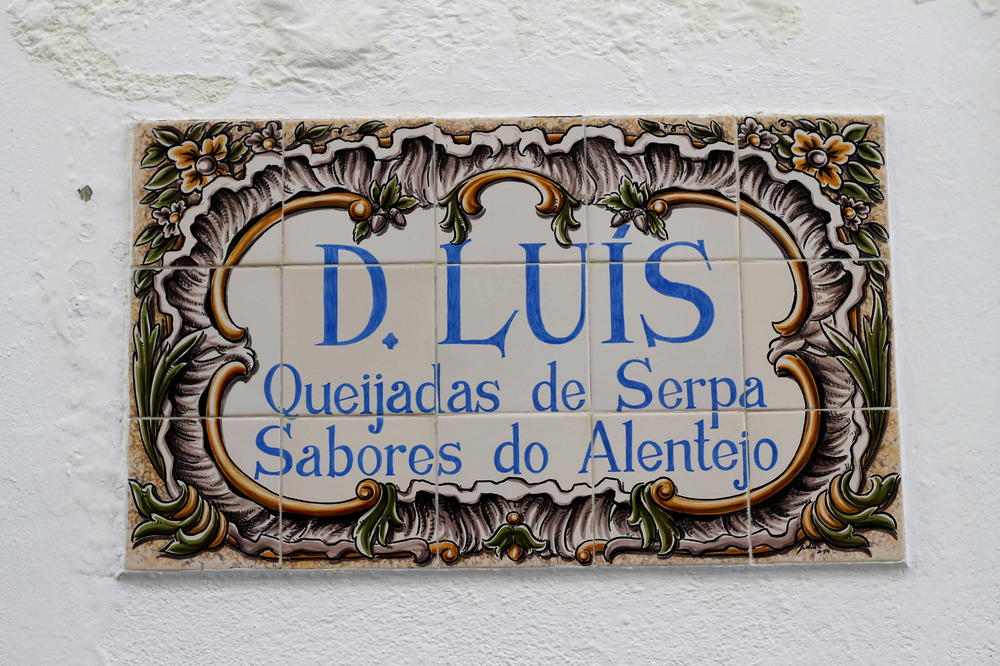
This charming (and quiet) little low-lying village has a castle and a famous aqueduct. The beauty of Serpa was that there was nothing going on. We couldn’t even find anywhere to eat because it was the time of day when restaurants close and then reopen for dinner.
Be sure to admire the hundreds-of-years-old wall surrounding the historical center, and then climb the steps to the roof of the Castelo de Serpa.
From there, the view was great, with not only a view of the tops of the church and all the buildings but also the countryside and farms, framed by the castle.
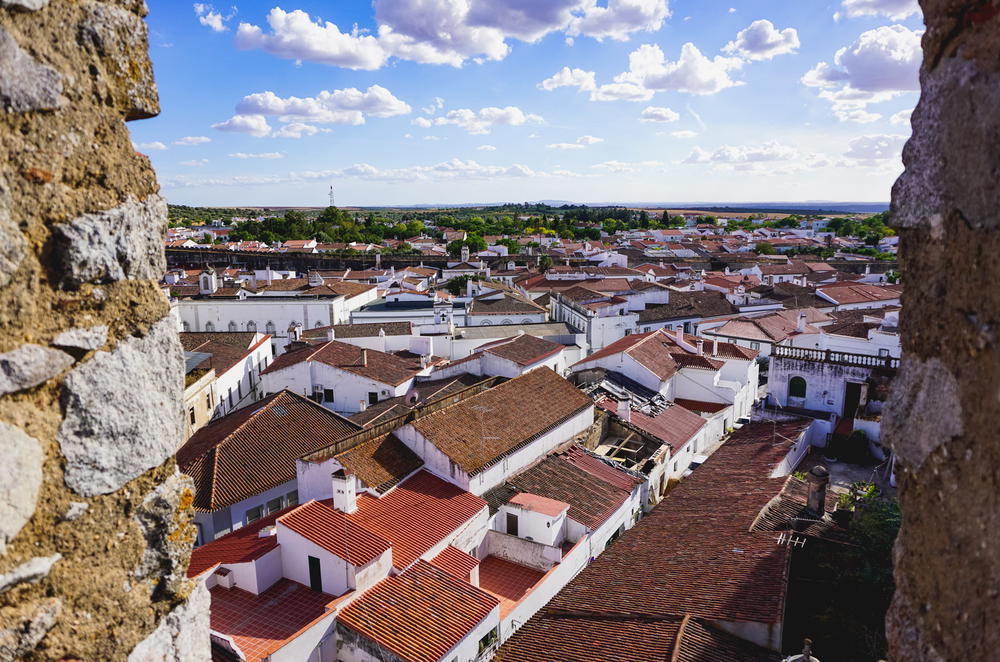
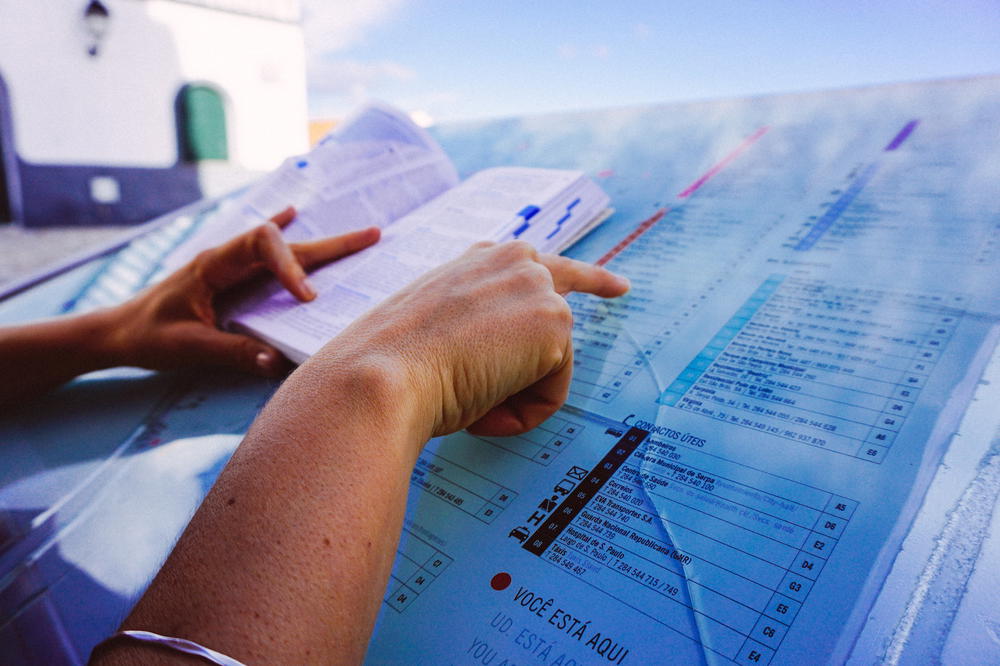
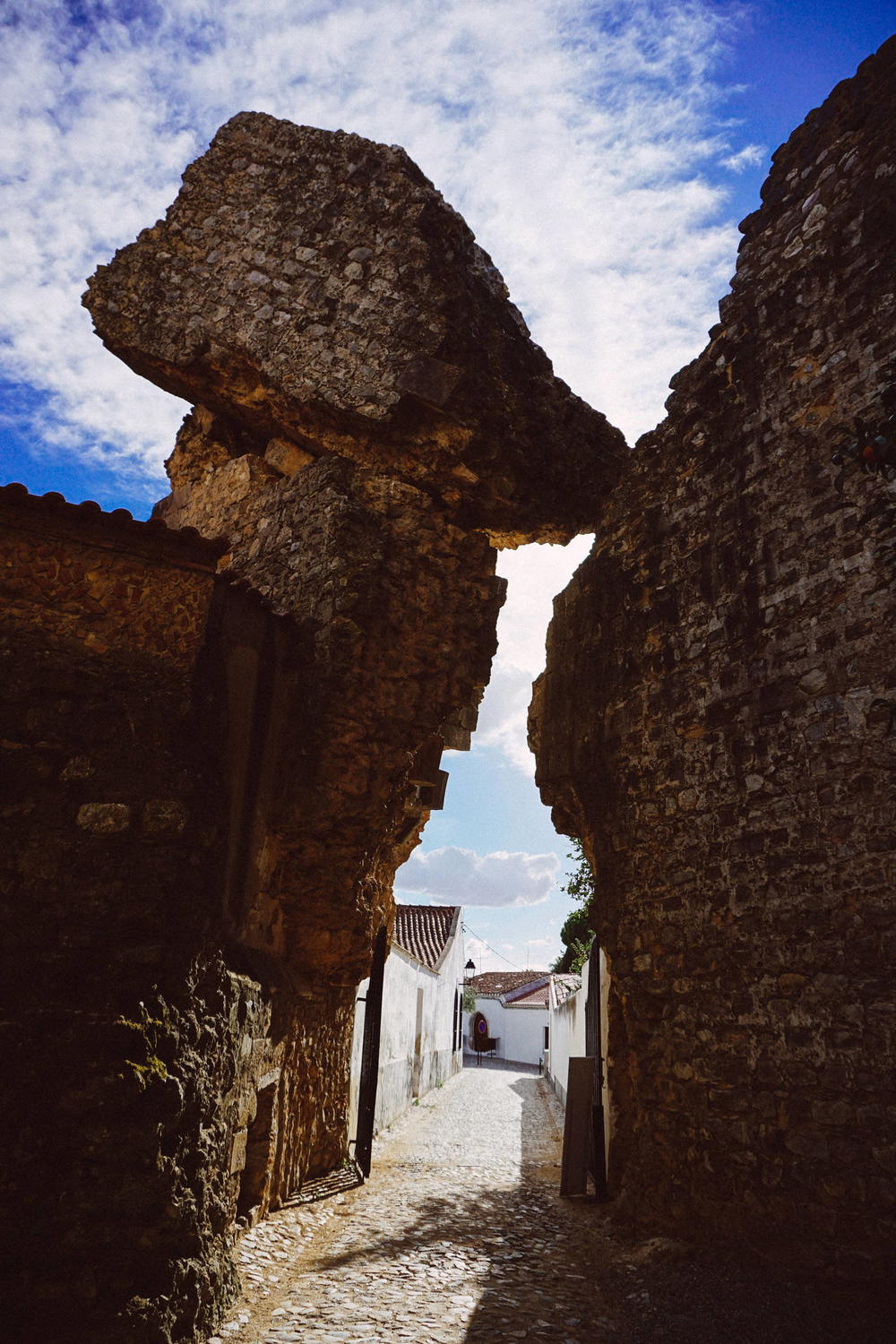
Medieval castles in Mértola
Our road trip in Portugal wouldn’t have been complete without a stop at Mértola, a tiny medieval village of 7200 people. Driving next to farms and pastures during golden hour, we admired the emptiness of the roads.
We arrived as the sun was setting in the valleys and found parking near the hotel we had booked only a few hours before on Booking.com.
Although we couldn’t see many other people around, we found that somehow, the town’s top restaurants were all full, with long waits, or were booked up for the whole night! We found an open table at Migas, where we had a happy hour of beer, wine and olives.
The town got quiet early, and we woke up the next morning for some exploring in the whitewashed alleyways, the historic medieval Castelo de Mértola, where you can climb and get some nice views and a few small markets with fresh fruit and tons of olives. We had a picnic at the river and then said “adeus” (goodbye, in Portuguese) to the Alentejo.
It was time to drive to the Algarve region of Portugal and we were so excited.
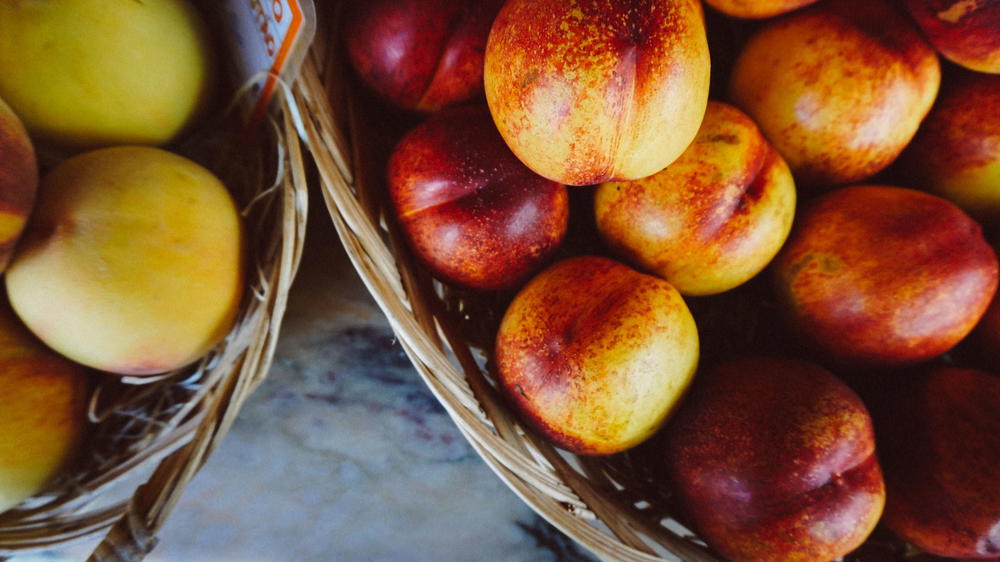
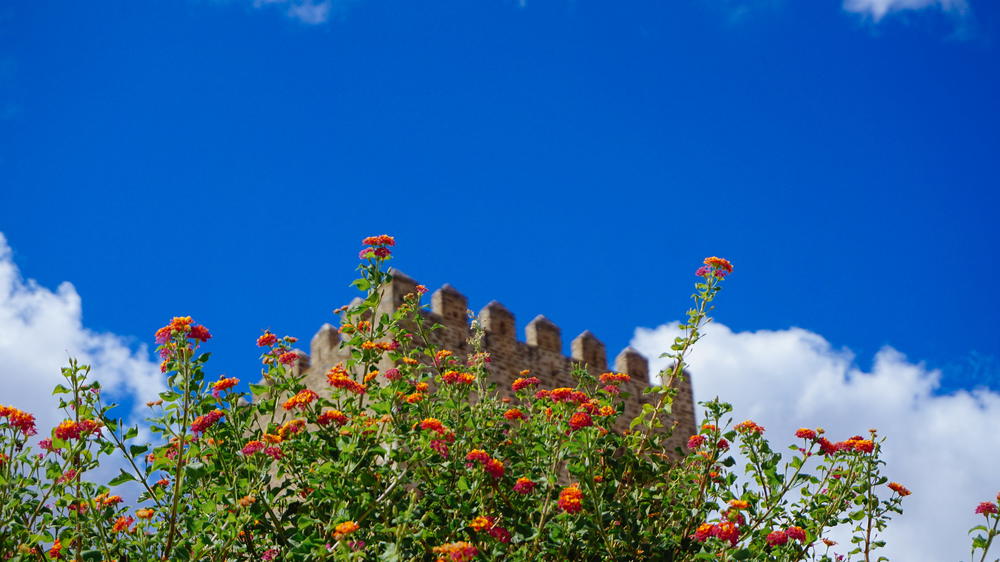
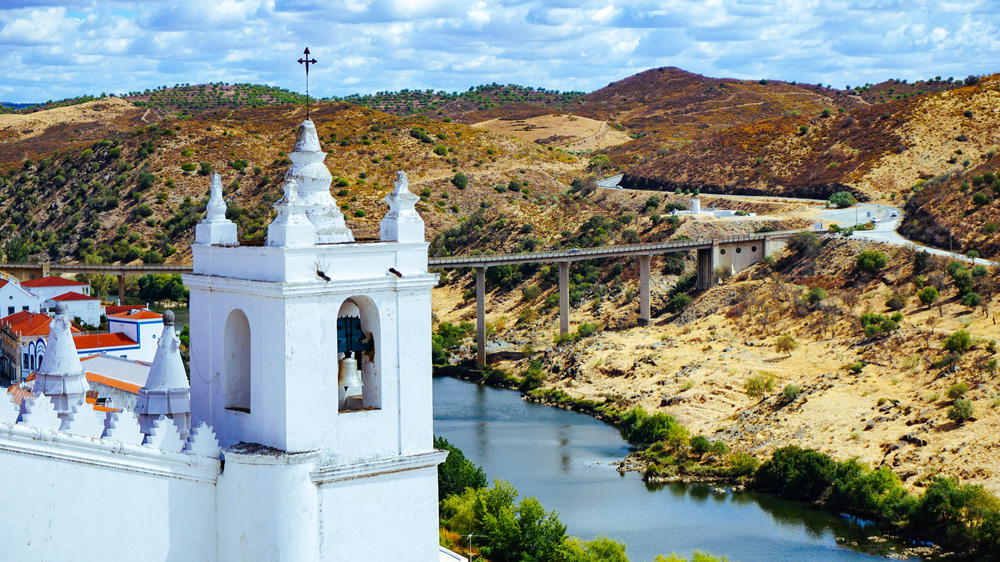

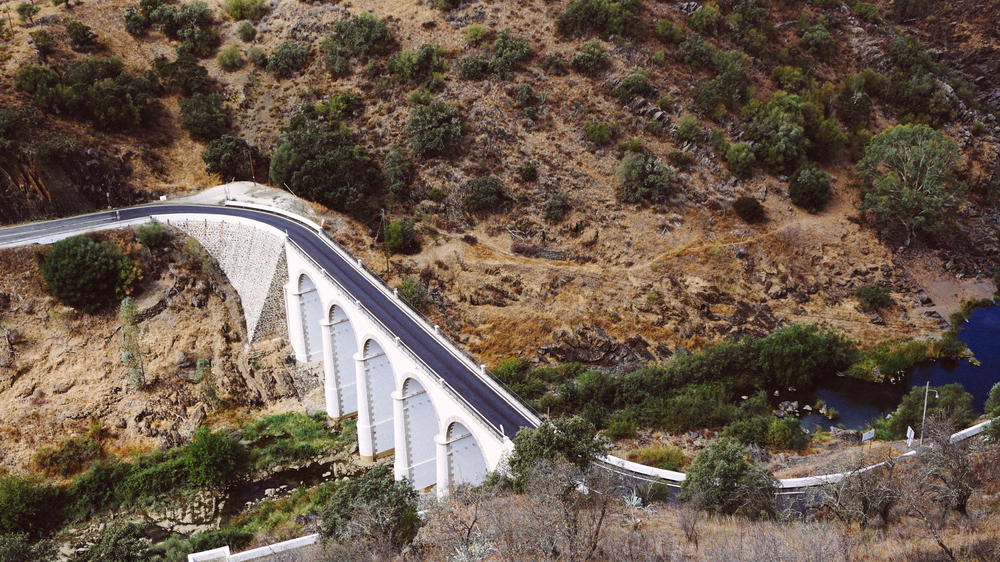
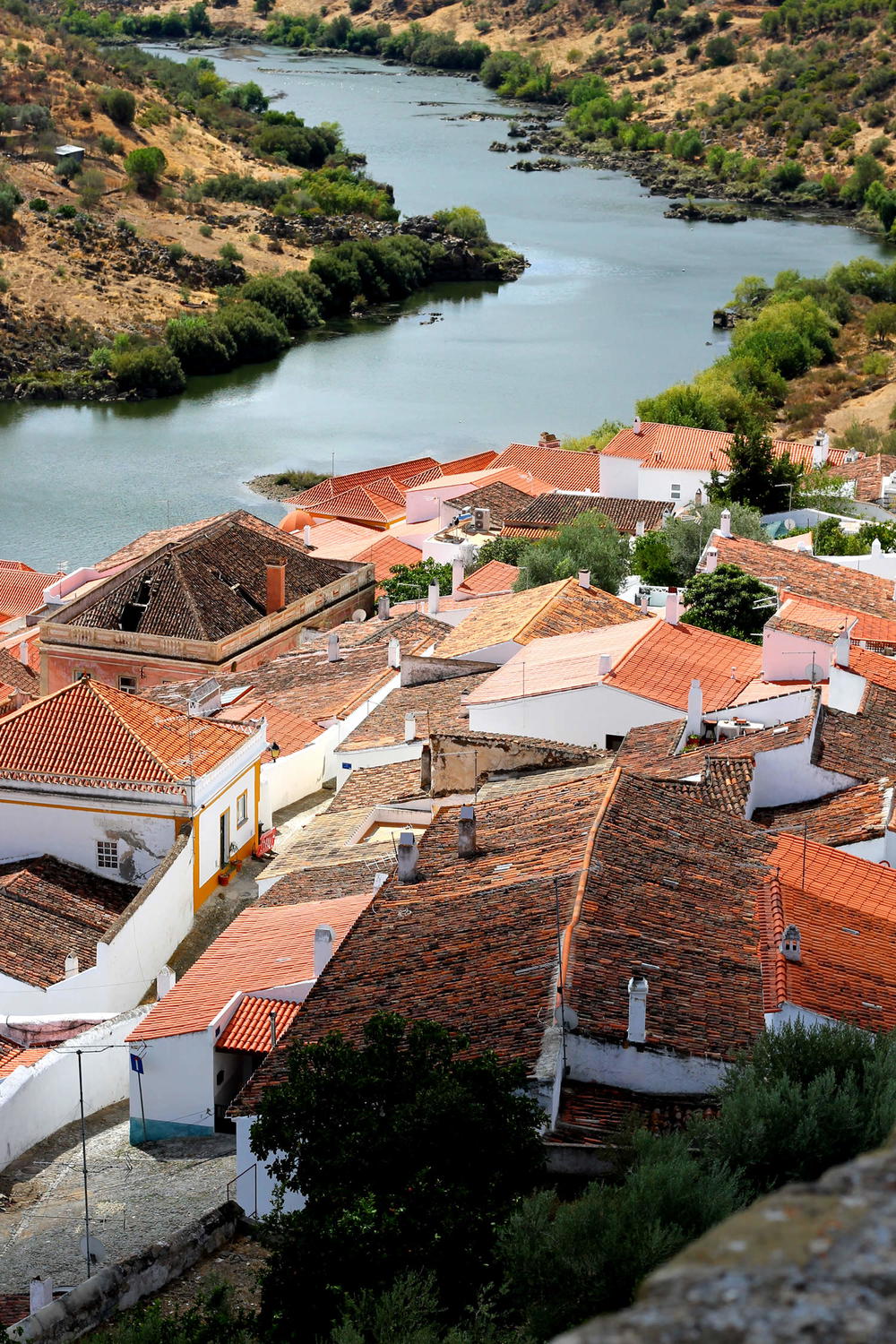
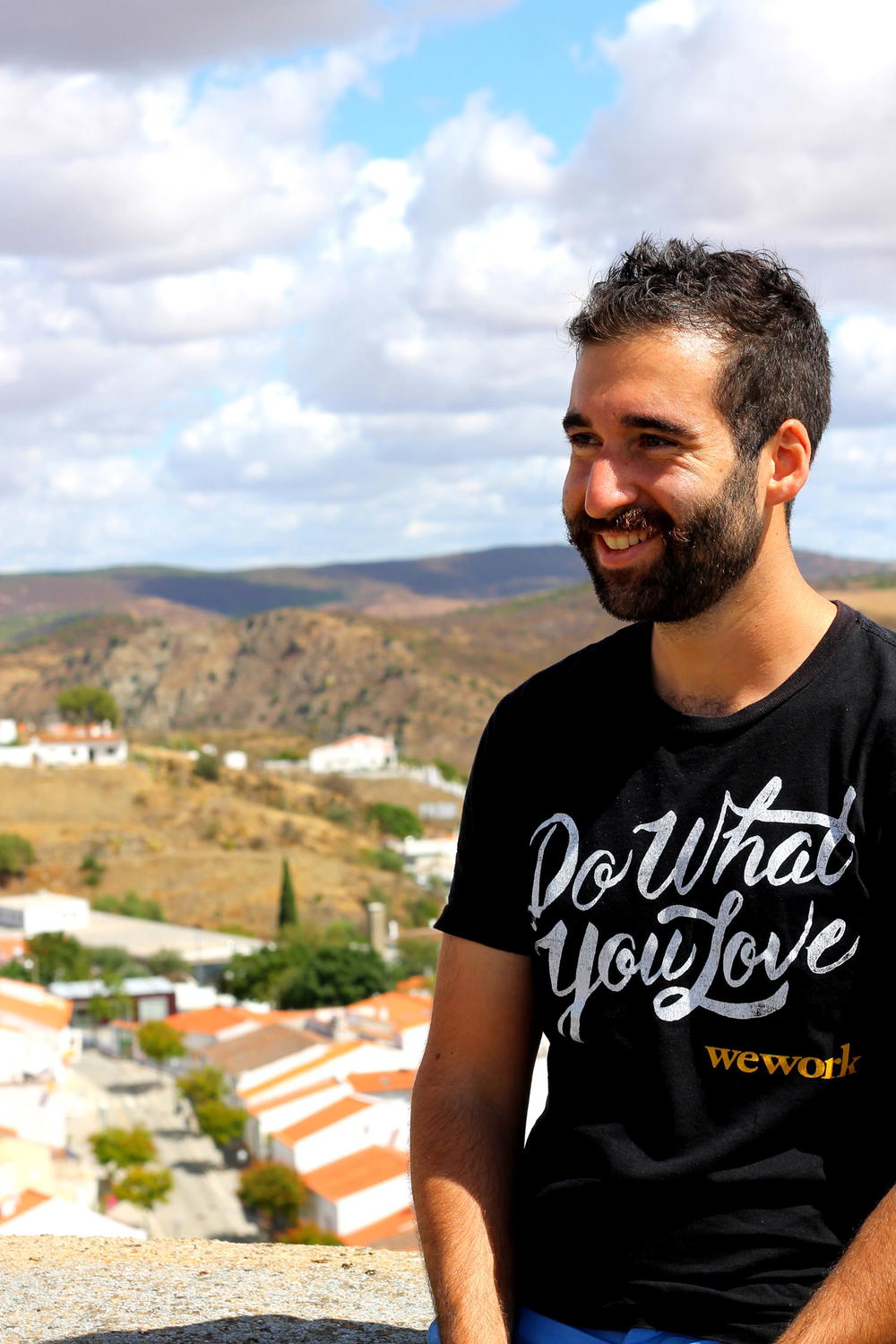
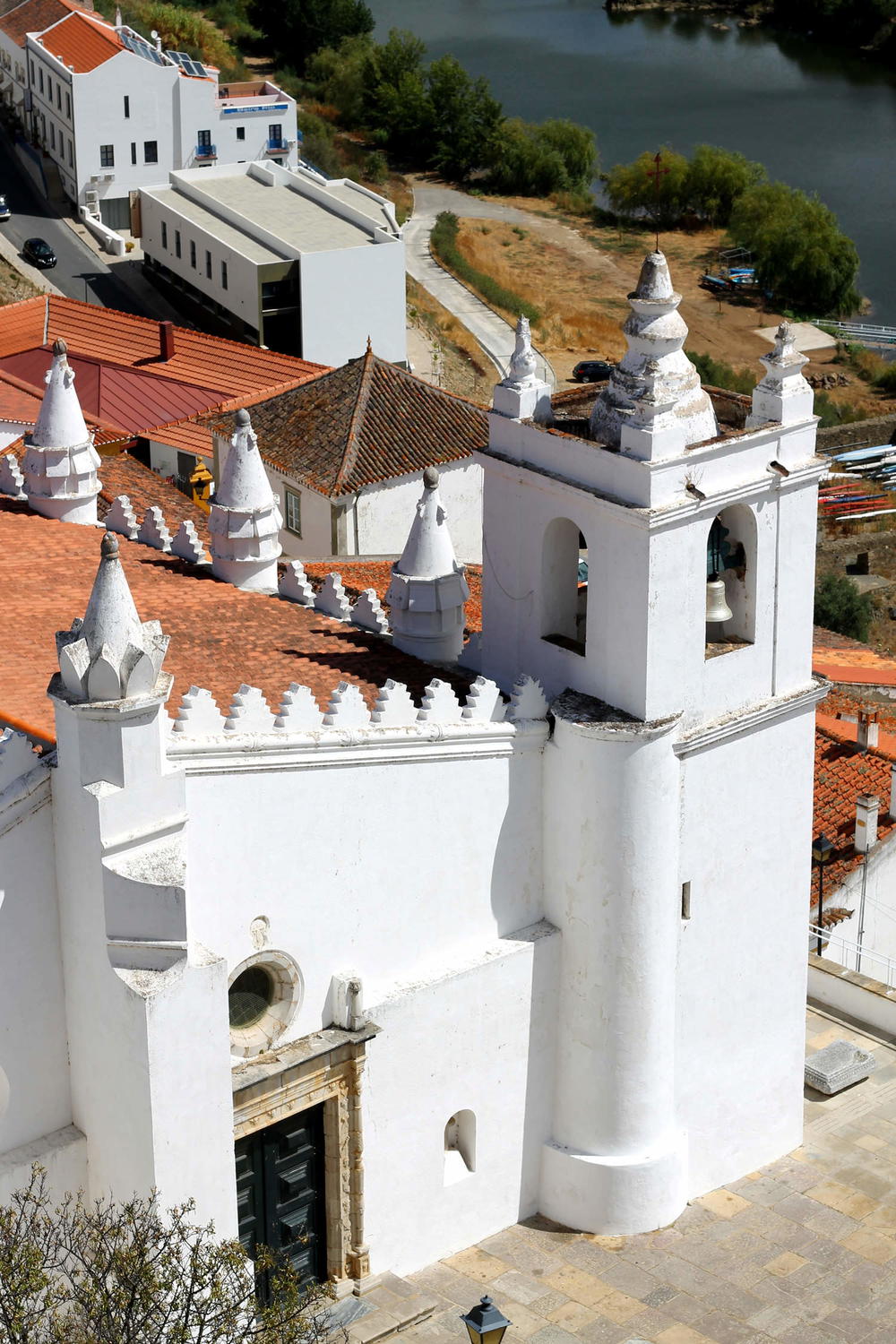
🗺️ Enjoying this travel guide?
We walk every neighborhood and test every itinerary ourselves. If this guide made your planning easier, treating us to a coffee helps us map the next one for you.
Support more travel guidesYou may also like
-
![a person sitting on a bench in front of a large sign]()
Mexico City with a Baby, Toddler or Kids: Travel Tips for Your Trip
What’s there to do in Mexico City with toddlers and kids? In this guide, I break down what to know before you go on your family trip to CDMX, with no nonsense!
-
![New york city skyline from the water.]()
2025 Guide: The Real Way to Rent an Apartment in New York City
How do you rent an apartment in NYC? Here, I'll discuss how to find the best NYC apartment for renting, with tips on what to ask when renting an apartment in NYC.
-
![Chiang Kai Shek Memorial Hall pagoda with green lawns and flowers in downtown Taipei]()
With so many things to do in Taipei, we explored with the top tourism sites and also the best alternative and off-the-beaten path attractions like creative parks, night markets, the specialty cafe scene and free hiking trails.
-
![A woman is standing at the counter of a coffee shop.]()
Azahar Cafe Review: Authentic Colombian Roast in Bogota
Azahar Cafe in Bogota, Colombia, is regarded as one of the top places to try an authentic Colombian roast in a beautiful cafe.
-
![A Glendalough stone building with a doorway in the middle.]()
Stepping into Irish History at Glendalough
Glendalough is one of the most popular day trips for visitors to Dublin, and one of the most famous monastic sites in all of Ireland. Feeling like we were on a movie set, we walked through an ancient cemetery at dusk and felt transported to another time.
-
![Rows of white homes and buildings in Evora]()
Best Small Towns and Villages for a Portugal Road Trip
Which Alentejo villages are best to visit on a Portugal road trip? We found these charming and beautiful villages and towns to be the best for our tour of the Alentejo region in Portugal.
